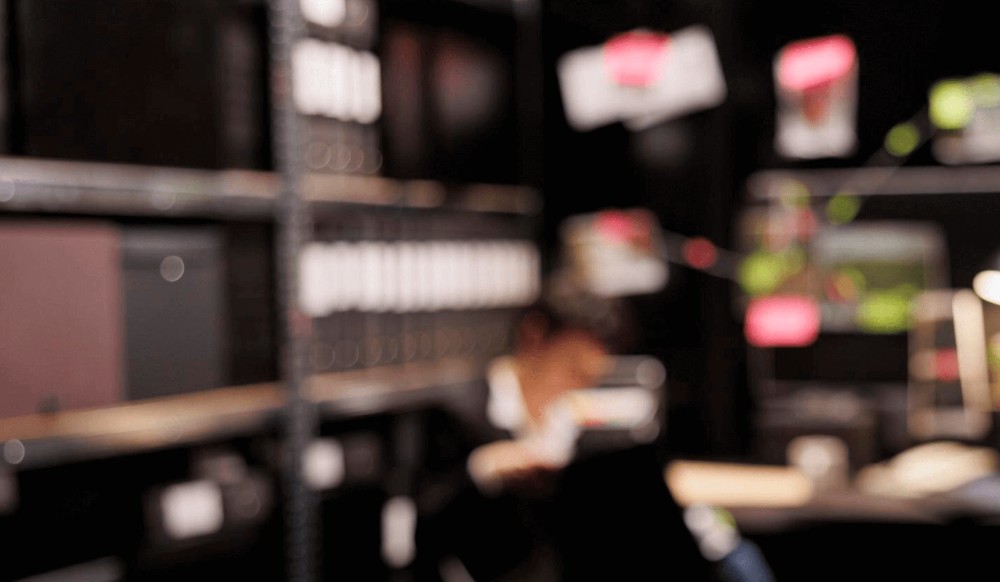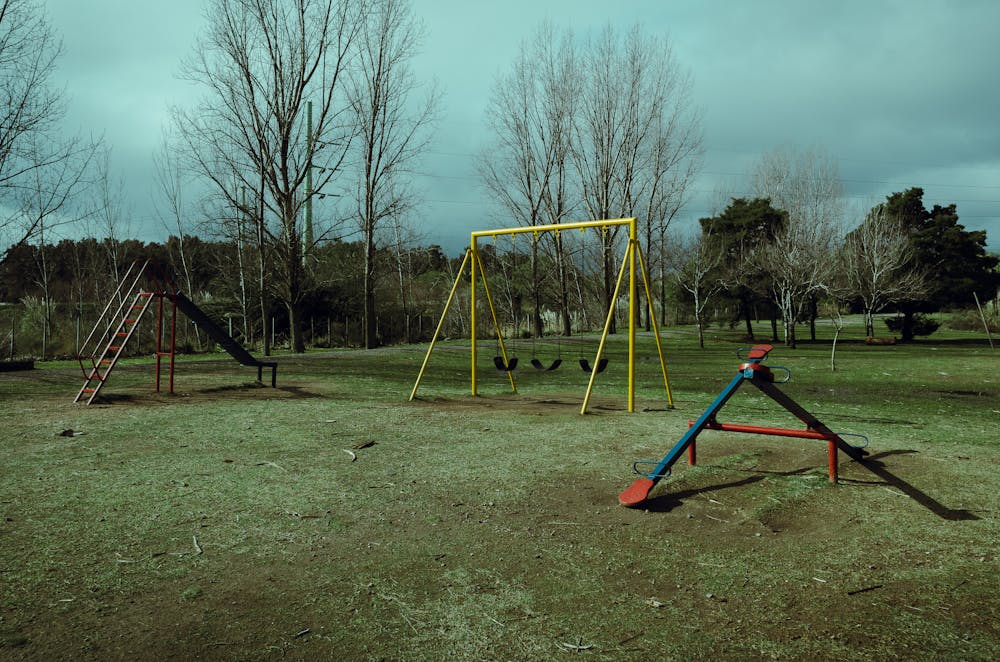Data is the scaffolding of democratic accountability. Without shared facts, policy becomes theatre and suffering becomes rumour. That is why regimes that fear transparency always tamper with the census, and why bureaucracies that fear criticism cling to privacy as a shield rather than as a right.
When governments decline to track exclusion, they are not protecting students—they are protecting themselves from public reckoning. A province that does not count harm cannot be compelled to repair it.
The moral cost of incoherence
The province already tracks attendance, behaviour, and grades, but it refuses to track harm. Every absence, no matter the reason, is reduced to a single code. Parents who report fear, burnout, or unsafe conditions see those words disappear into “absent.”
The Ministry of Education already holds every instrument necessary to build a transparent, ethical inclusion ledger: MyEducation BC to host secure data, the Framework for Enhancing Student Learning (FESL) to require annual public reporting, and the Exclusion Tracker as proof of what a community-led accountability system can achieve. Yet each of these elements operates in isolation. Ministries issue frameworks without standards. Districts publish narratives without metrics. Families count the harm alone, in spreadsheets and Google Forms. The result is fragmentation disguised as progress—a bureaucratic illusion of action that conceals paralysis.
This incoherence has consequences. When data systems fail to align, so do responsibilities. Administrators deflect. Teachers are silenced. Parents are scapegoated. Disabled children, whose crises go unrecorded or misunderstood, bear the full emotional cost of this statistical void. Their suffering becomes anecdote, their distress reinterpreted as behaviour, and their exclusion rationalised as logistics. The system’s data gaps become alibis for its failures.
-
Calling the exclusion line
Every morning, when we dial the school’s sick line, we enact a ritual that ought to acknowledge more than a fever or a stomach ache. In theory, this system exists to safeguard children who cannot attend school due to illness. In practice, it masks the institutional harms that shape our decisions, erasing critical context from […]
A tale of two trackers
The Exclusion Tracker, launched in 2018, stands as a moral document. Thousands of families have reported incidents of exclusion, refusal, and conditional attendance. The dataset is vast, coherent, and freely available to the government that claims to champion equity. Yet it remains unacknowledged, unintegrated, and unused.
The Room Clear Tracker, launched by Surrey DPAC, is the logical next iteration of community desperation—a attempt to quantify the daily emergencies caused by austerity. Parents and teachers are measuring the frequency and duration of evacuations because the state will not. Their initiative is imperfect, but its imperfection reveals what happens when leadership abandons the duty of measurement.
-
Controversy over Room Clear Tracker
When we first shared the launch of Surrey’s Room Clear Tracker, we saw it as a potential step toward long-overdue transparency. For many families, including my own, the absence of data about classroom evacuations has preserved the illusion of safety while concealing the scale of harm. The idea that someone, finally, was counting felt like […]
Both trackers are acts of refusal—a refusal to let pain remain invisible—yet they expose different vulnerabilities.
The Exclusion Tracker’s rigour is beyond dispute, but its legitimacy is perpetually undermined by prejudice. Because it is built almost entirely from the voices of parents of disabled children, officials and commentators alike dismiss it as grievance rather than evidence. The character assassination I have endured simply for naming myself as the parent of disabled children shows how advocacy is pathologised, how truth-telling is reclassified as hysteria. Data gathered by marginalised people is treated not as testimony but as complaint—valuable only until it threatens convenience.
The Room Clear Tracker carries its own peril. Built on an open Google Form, it lacks the infrastructure to protect data at the level that justice demands, leaving families uneasy that what was meant as accountability could be repurposed as surveillance. In a province already eroded by distrust, even transparency feels dangerous.
And even when data are collected with care, they seldom lead to tangible repair. Pain climbs the bureaucratic ladder, translated into tables, graphs, and annual reports, while the children at the centre remain abstractions. The ledger fills; the classrooms remain unchanged. Data becomes elegy instead of remedy—a record of what the state refused to feel.
-
The Ombudsperson and the war of attrition with systems of escalation
This essay is in response to the closure of my complaint by the Office of the Ombudsperson of British Columbia. It documents my family’s experience navigating the education complaint system, the Teacher Regulation Branch, and the Ombudsperson itself. It exists to show how a system meant to protect fairness becomes one that delays, deflects, and […]
The illusion of progress and the politics of branding
The Ministry’s messaging machine trades in sentiment like currency. It floods social media with stock photos of smiling children and carefully curated quotes about belonging while classrooms suffocate under shortages and disabled students lie at home waiting for the support that never arrives. Behind each polished slogan about inclusion stands a theatre of cruelty: educators absorbing impossible caseloads, parents waging daily battles through polite emails, children losing yet another year of learning to bureaucratic decay.
The Ministry has perfected the art of lip service. It sells “inclusive excellence” as a lifestyle brand, publishing glossy frameworks and virtue-laden reports that celebrate belonging while refusing to measure the conditions that make belonging possible. Performative accessibility becomes religion—statements without systems, consultations without change, frameworks without funding. This is the moral paradox at the core of British Columbia’s education system: a government that performs inclusion for optics while maintaining the ignorance that sustains exclusion.
Without real data, slogans become shields. They allow districts to posture as progressive while producing little evidence beyond sentiment. They turn policy into an optics circle jerk—administrators congratulating one another on values never implemented, reports glowing with self-approval while families drown in exhaustion and disbelief.
Each untracked exclusion, each unrecorded crisis, is transformed into plausible deniability. The system’s brilliance lies in its choreography of omission: the ability to appear virtuous while doing nothing. And so the cycle renews with each new headline promising inclusion, and each year that children wait for the care that publicity already claims to have delivered.
-
Collective punishment: how schools displace guilt, erase harm, and preserve the collective
One of the things that was so traumatising about the collective punishment that was callously perpetrated against my daughter was the light and evasive tone of the principal. She said that the punishment had to be “swift.” I frequently wondered about the choice…
Planning to fail, failing to plan
At this stage, refusing to transparently track exclusion and inclusion outcomes is not a bureaucratic oversight; it is an administrative philosophy. The government’s inaction is not passive—it is protective. Leadership understands that comprehensive data would expose the structural cost of austerity and the human toll of chronic underfunding. Ignorance becomes strategy.
Each missing dataset is a deliberate omission that sustains political convenience. Each unreported evacuation is an act of moral triage, where the state decides that credibility matters more than care. This is how democracies erode: not through censorship alone, but through statistical disappearance.
-
The right amount of agony in BC schools
After watching my children endure eight years of institutional failure, eight years of exclusion disguised as discipline and support withheld under the language of inclusion, I have come to several conclusions. Certain forms of suffering—like being agonised inside—do not draw support because they do not disrupt the adult’s flow, do not demand intervention with noise […]
The machinery of fear and cause of paralysis
Inside the Ministry and its districts, the privacy and data units run on fumes—small, underfunded teams buried deep in hierarchy, blamed for crises they lack the power or resources to prevent. Each cyberattack deepens panic; each breach drains capacity. The people charged with safeguarding the system spend their days in triage, responding to phishing incidents and audits, reacting instead of designing.
This paralysis grows from causes that reinforce one another until no one can act without fear. Austerity strips the system of technical and human infrastructure; privacy officers manage vast responsibilities with skeletal support. Fear of exposure magnifies the problem: every transparency demand feels like a liability, every dataset a future headline. Political avoidance hardens the silence—governments prefer ignorance to evidence, because evidence compels reform. And cultural fragmentation seals the loop: education, privacy, and cybersecurity operate in separate hierarchies that rarely meet, so even well-intentioned leaders pull in opposite directions.
What remains is a government that confuses containment with care. Good people, crushed by bad systems, manage harm instead of preventing it. Every incident becomes an isolated embarrassment rather than proof of pattern. The machinery runs on fear instead of foresight.
Choose change
British Columbia stands at an ethical crossroads. It can continue to confuse silence with safety and treat invisibility as protection, or it can recognise that counting is an act of collective care. Data, held responsibly and interpreted with compassion, is how a democracy knows itself. Every unmeasured harm erodes public trust. Every unacknowledged exclusion signals whose lives remain outside the moral perimeter of the state. A government that truly believes in inclusion would measure it without fear. When that finally happens, the counting will cease to feel like confrontation and begin to feel like repair.
-
The architecture of harm, the anatomy of healing
Each year when the light thins and the trees surrender their leaves, we are reminded that systems rot slowly, from the inside out, while pretending to stand tall. The fluorescent hum of classrooms carries through the shorter days, and the rhythm of school life resumes its weary repetition—meetings, promises, half-measures. Parents sit again in plastic […]













